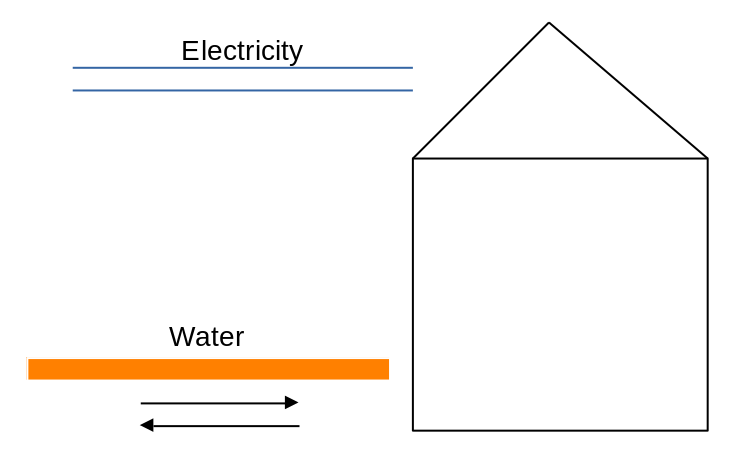this post was submitted on 17 Aug 2024
26 points (82.5% liked)
Space
8687 readers
6 users here now
Share & discuss informative content on: Astrophysics, Cosmology, Space Exploration, Planetary Science and Astrobiology.
Rules
- Be respectful and inclusive.
- No harassment, hate speech, or trolling.
- Engage in constructive discussions.
- Share relevant content.
- Follow guidelines and moderators' instructions.
- Use appropriate language and tone.
- Report violations.
- Foster a continuous learning environment.
Picture of the Day
 The Busy Center of the Lagoon Nebula
The Busy Center of the Lagoon Nebula
Related Communities
🔭 Science
- !astronomy@mander.xyz
- !curiosityrover@lemmy.world
- !earthscience@mander.xyz
- !esa@feddit.nl
- !nasa@lemmy.world
- !perseverancerover@lemmy.world
- !physics@mander.xyz
- !space@beehaw.org
- !space@lemmy.world
🚀 Engineering
🌌 Art and Photography
Other Cool Links
founded 1 year ago
MODERATORS
you are viewing a single comment's thread
view the rest of the comments
view the rest of the comments


Not sure if this falls within the scope of what you’re thinking, but radiation shielding is gonna be a big part of figuring out how to make it on mars.
I honestly think the best approach would be to use old magma tunnels to establish a base deep underground. That provides sufficient shielding, and also gets the settlement closer to water reservoirs.
Temperature is also a lot more stable underground… there’s a lot of good reasons to build in a cave or lava tube. Works on the moon too.
I agree with you as tunnels would address many concerns but I also find it fantastically ironic that once we become advanced enough to colonize another planet we right away go back to living in caves
It has a certain amount of poetic symmetry which would be quite nice.
yeah and agriculture/food security becomes a serious issue and problem again
Remember to put down the red faction rebels down there first!
Don't forget perchlorate mitigation!
Chlorates and perchlorates are fairly unstable, and readily decompose into chlorides + oxygen gas when heated. Could we solve two problems at once by washing the perchlorates out of the soil, and then decomposing them to produce oxygen for breathing and propellant?
Sure, just gotta dig 11.5 to 20 km down to get to some water. Or melt the ice caps, which probably already have the perchlorates frozen in them.
I don't see perchlorates as a big problem.
After all, plants grow quite well without soil, like hydroponics, I guess.
Where are you going to get all that water?
I was thinking three options:
.. and the cold, and the storms…
hmmm
When, exactly, were we going to ship the rich people off to Mars? Asking for a friend.
Yeah, I guess. I've read on Wikipedia that a year on Mars gives a human 200 mSv of radiation. While the limit for US radiation workers is 50 mSv a year. So that's 4x the allowed dosis.
Still, I wonder how much that can be alleviated by metal shielding. A spaceship's outer walls are 5mm solid steel, and I've read somewhere that most of the radiation is particle radiation (not electromagnetic radiation), so that can be stopped with solid steel quite well. Unfortunately, I don't have any actual numbers, though.
Edit: Source
Edit:
Apparently I was wrong. It's not just particle radiation, it's actual electromagnetic radiation. Which is much more difficult to deal with.
How do they currently do it on space stations?
the current attempt seems to be that ISS is low enough to be protected by earth's magnetic shield (which, as I understand it, only protects against particle radiation, not EM radiation). So that would stop most radiation from hitting the ISS and astronauts. So the radiation dose is a bit lower than in true (even-farther-out) outer space, and then pray for the best, basically.
Edit: Ok, now I'm thoroughly confused. Multiple sources contradict one another about what kind of radiation is actually most prevalent in outer space. Most say it's particle radiation (which would be easy to protect against), but some say it's electromagnetic radiation, which would be way more problematic.